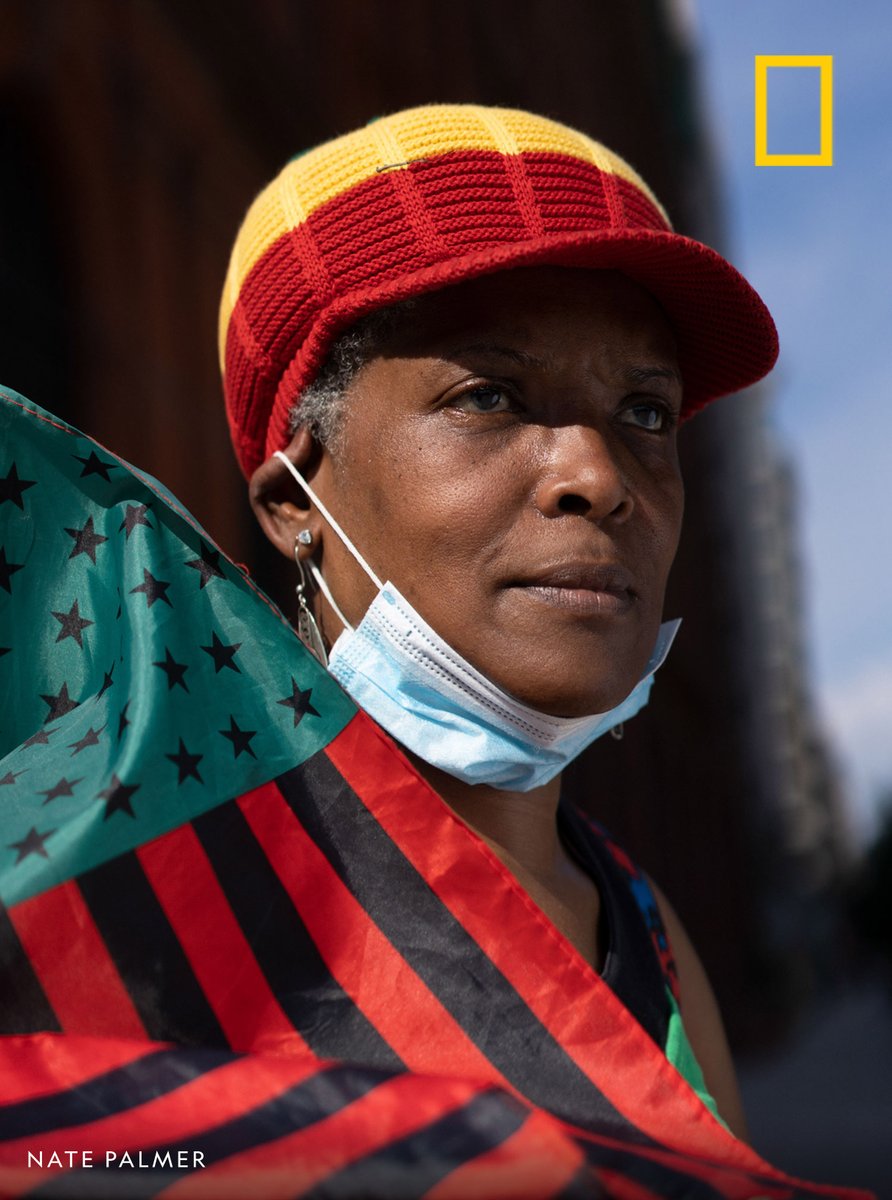As I hinted in a recent story, pandemic viruses tend to burn through humans like a forest "

No one knows for sure if that's true, as UW biologist @CT_Bergstrom has explained
But that's just speculation. SARS-CoV-2 is here for a while.
Immunity against viruses involves more than just antibodies. Antibodies are just one part of our body's arsenal, and we're seeing encouraging signs about other critical weapons: sciencemag.org/news/2020/05/t…
But even low amounts of antibodies can still be neutralizing, so I wouldn't give up on herd immunity yet. nytimes.com/2020/06/18/hea…
😷😷😷
It dives into the latest developments with airborne transmission and much more: on.natgeo.com/300mIgj
One study showed coronavirus-filled mist can linger for up to 16 hours. But this mist was created artificially, so it doesn't say much about what happens with actual coughs/sneezes wwwnc.cdc.gov/eid/article/26…

Genetics, for the win!
ICYMI: Today, I spoke with @WNYC's Science Friday (@SciFri) about airborne coronavirus. You can listen to the full episode below sciencefriday.com/segments/coron…






